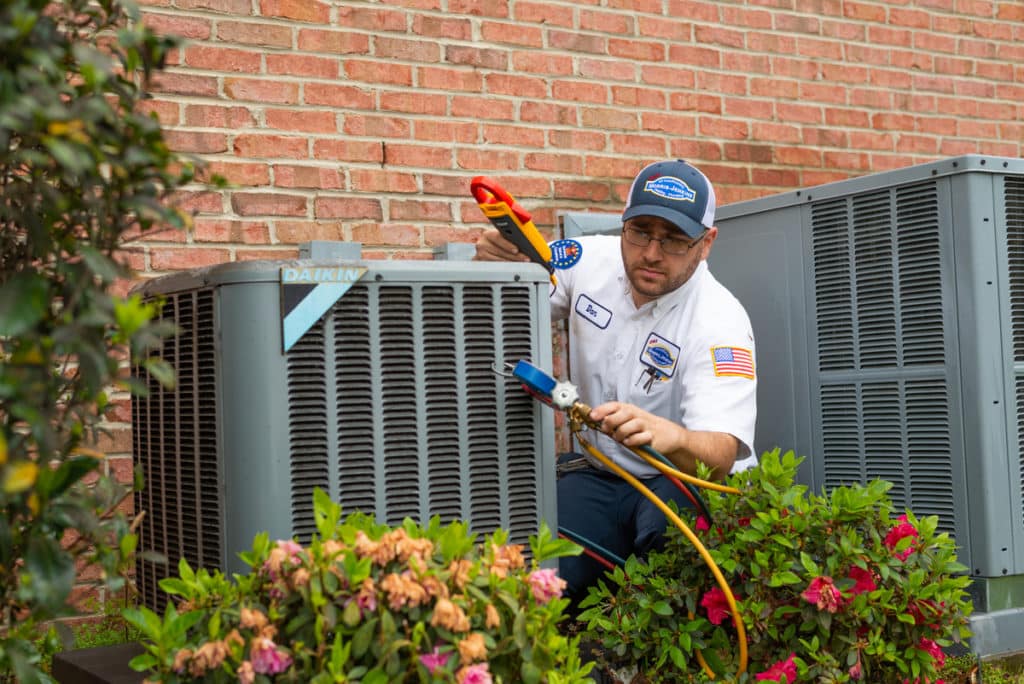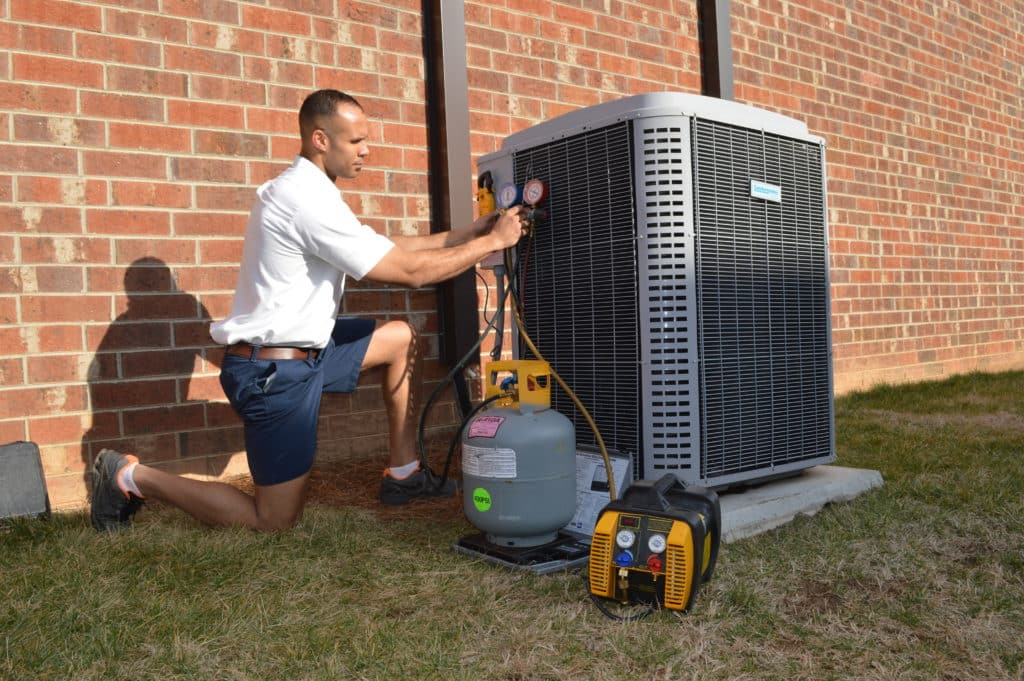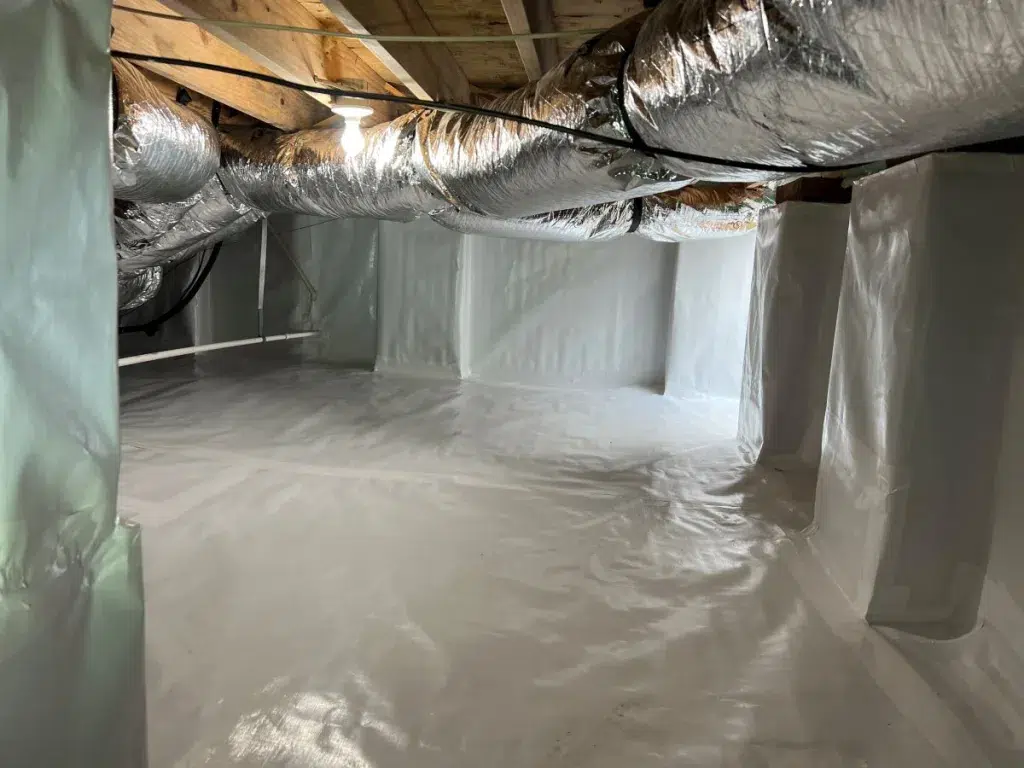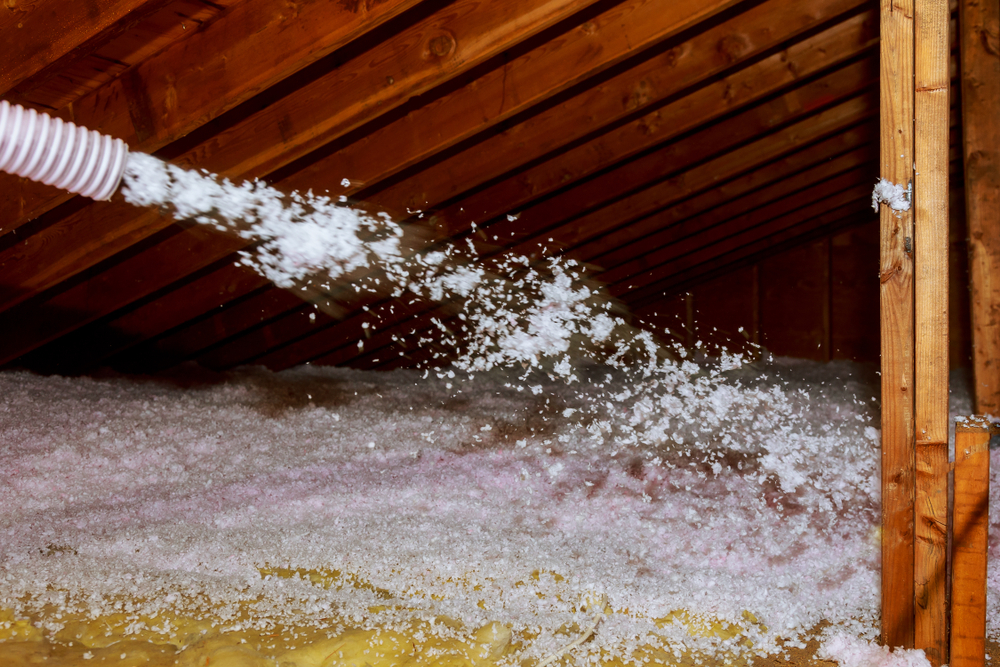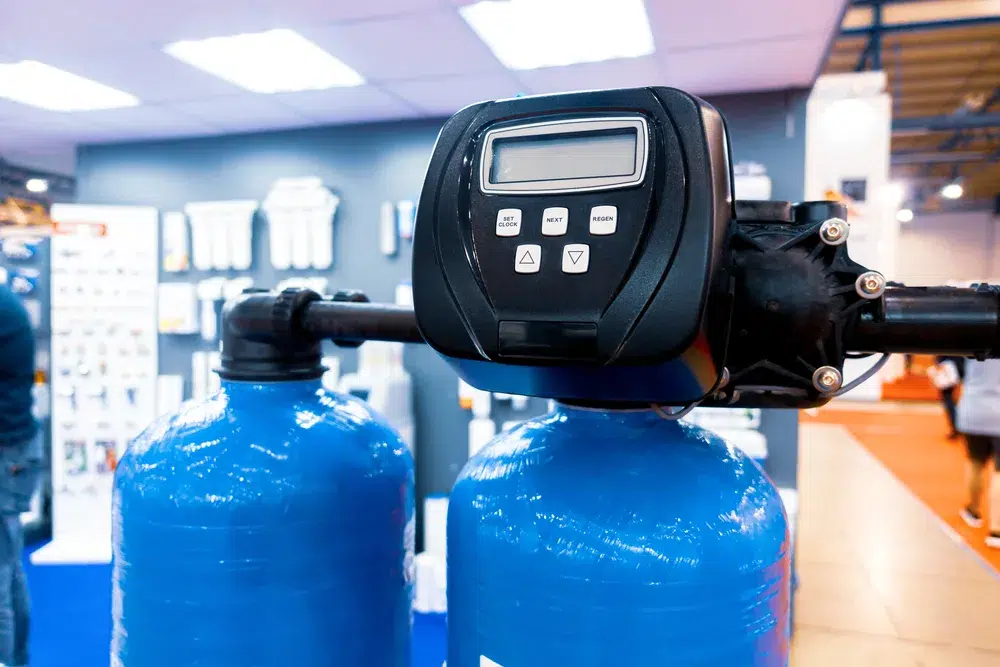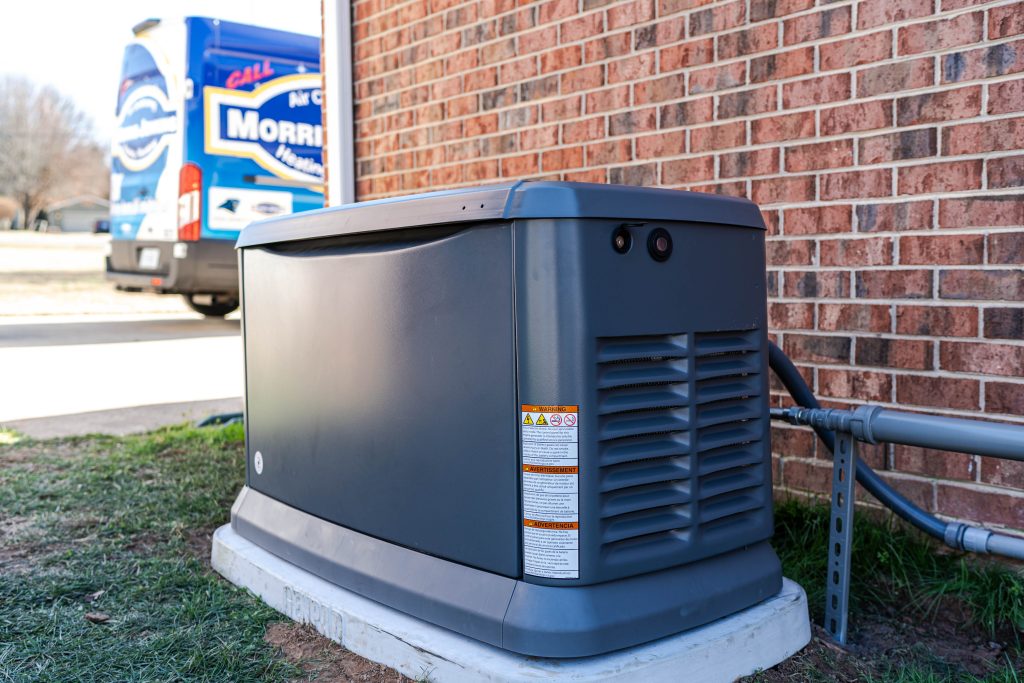In theory, yes. You can mix refrigerants. But you can technically also microwave metal, text while driving, and go outside without sunblock. Just because you can do something, doesn’t mean you should. And for the record, you shouldn’t do any of those things.
Why’s it such a big deal? Refrigerants are all a little different, and those differences don’t mix well. You’re likely to do irreversible damage to your unit! While it’s not illegal to mix them, we don’t recommend it.
Why is it so Hard to Find R-22 Now?

The Environmental Protection Agency (EPA) began phasing out R-22 refrigerant in January 2010. Part of the regulation required a ban on the production and import of R-22 by the start of 2020. This doesn’t mean it’s illegal to use R-22! You can continue to run your unit with R-22, and you can even buy more R-22 if you need (it’s just going to be expensive and tricky to find). This just means the US can’t make or buy any more R-22, so once the stock here in the states is gone, it’s gone for good.
What Happens if I Mix Refrigerants?
If you have R-22 refrigerant, you might be wondering what would happen if you mixed refrigerants instead of fully replacing your R-22 system. Before we tell you why, we wanna remind you—don’t do that.
- Your system could overheat
If you were to mix refrigerants, it would cause all kinds of damage to your system. Your AC unit would likely overheat. Different refrigerants can be different temperatures. They don’t mix, which means you’ll have refrigerants with two different temperatures running through your unit. Your system can get mixed messages from this, and that can lead to overheating. Overheating can burn out your motor, and motors aren’t cheap to replace.
- Your system may become inefficient
Did you know water boils at a lower temperature in the mountains than it does at sea level? The more pressure in the atmosphere, the higher the temperature needs to be for water to boil. Different refrigerants absorb and release heat under different pressures. The pressure in your coils is controlled in a way that makes the refrigerant boil (which is how it absorbs heat and cools your home). If you mix refrigerant, it might not boil. That means it may not remove heat from your home. Even if it does cool your house, it’ll be working harder to do it. Your utility bills will likely go up, and your AC probably won’t live as long as it should.
- You could damage your compressor
Remember when we said mixing refrigerants can cause pressure issues? Not only does that make your system less efficient, but it can also damage your compressor. Differing amounts of pressure can begin to push on the coils, reshaping them and even breaking them.
☞ You might be interested in: How we check if you’re low on freon
What Should I Replace R-22 With?
All systems installed since 2010 use R-410a, which doesn’t deplete the ozone like R-22. Because it’s the new standard, R-410a is also what we use to replace old R-22 systems.
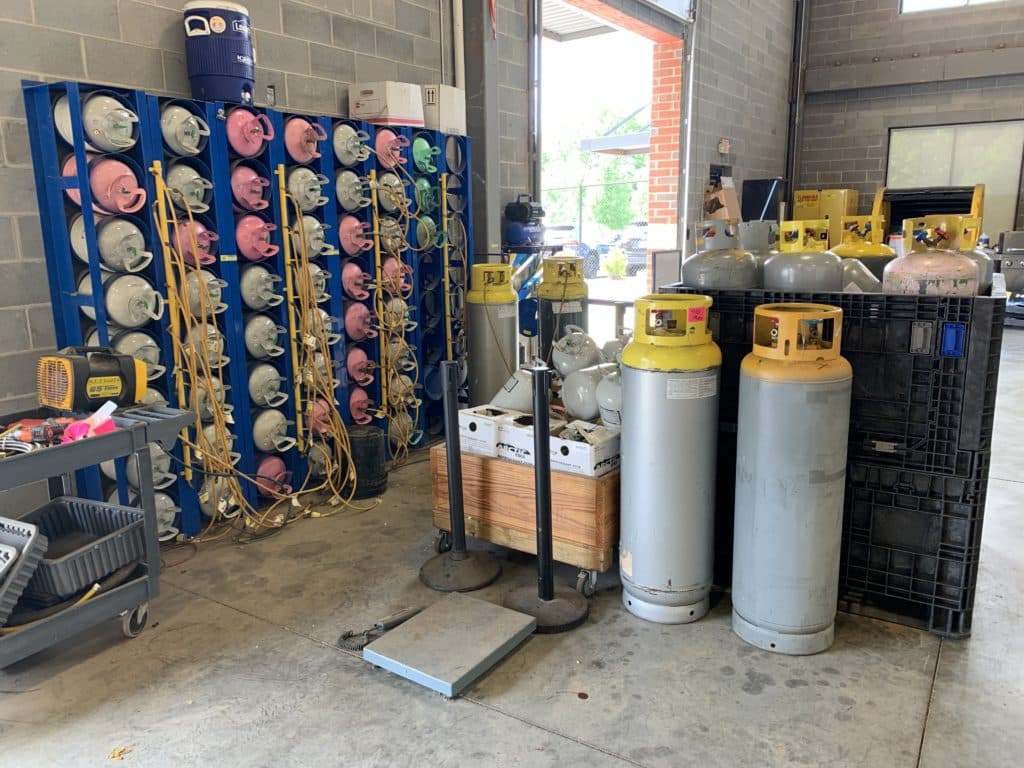
Making Decisions for Your Home
If your unit uses R-22, you should consider replacing it with a newer unit that uses R-410a instead. While replacing your unit isn’t necessary if you don’t have a leak, R-410a is more energy efficient than R-22. That means you can save money on your utility bills!
If your R-22 system isn’t working like it did in its prime, it might be worth looking into replacements. Your new unit would be installed with R-410a, so no need to worry about replacing your refrigerant! If you’re ready to talk about replacing your AC, we offer free in-home estimates. Just give us a call!
Whether you’re looking into installing a new unit or just want to know how to repair the one you have, Morris-Jenkins technicians are ready to help. We’re here til midnight every day!
